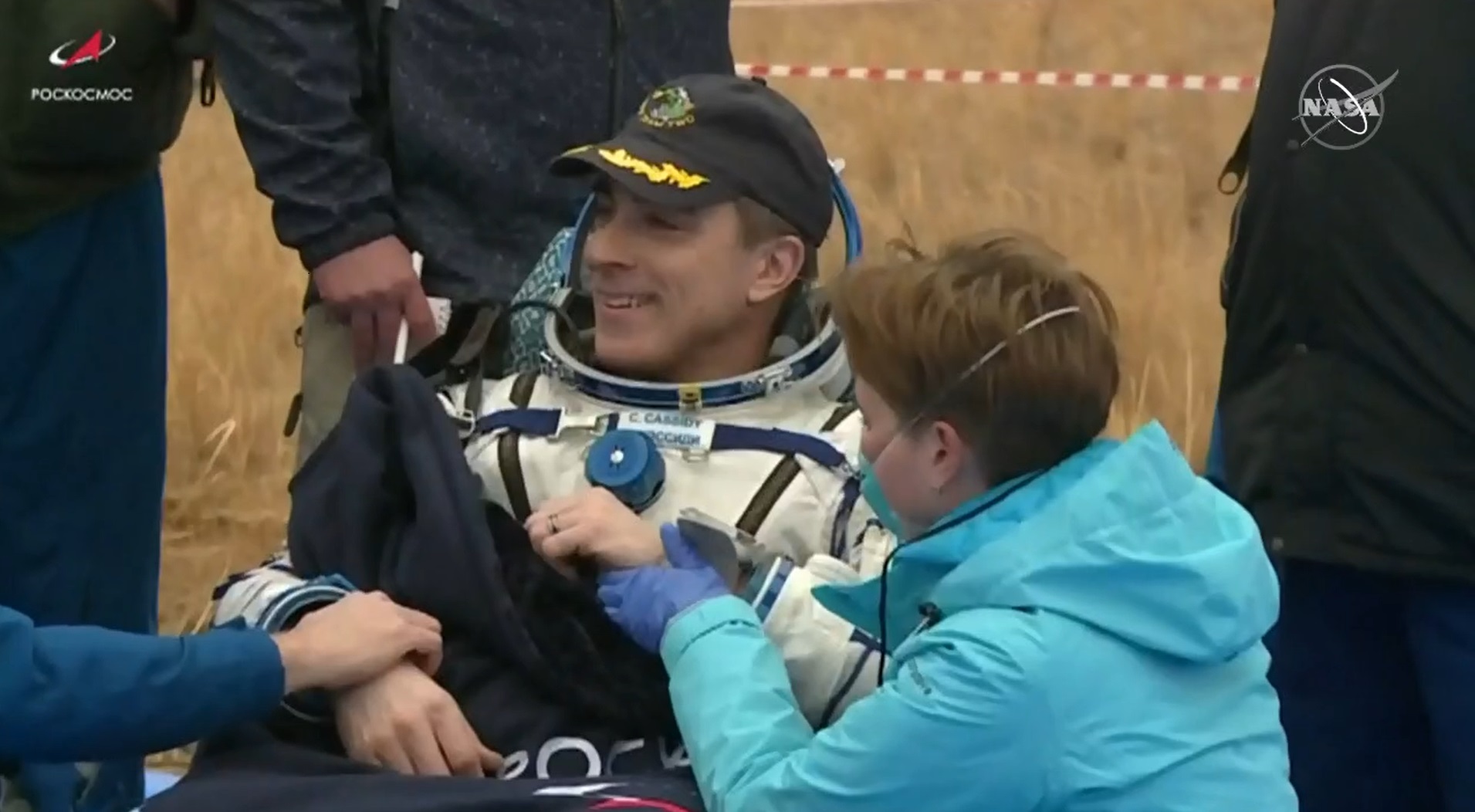On the evening of Wednesday, Oct. 21st, the crew of Expedition 63 finally returned to Earth after spending 196 days in space. It all began when NASA astronaut Chris Cassidy (commander) and Russian cosmonauts Ivan Vagner and Anatoly Ivanishin (both flight engineers) departed the International Space Station (ISS) aboard their Soyuz spacecraft at 07:32 PM EDT (04:32 PM PDT) and landed in Kazakhstan by 10:54 PM EDT (07:54 PM PDT).
Continue reading “ISS Crew Return Safely to Earth”Astronauts Could Rely on Algae as the Perfect Life Support Partner
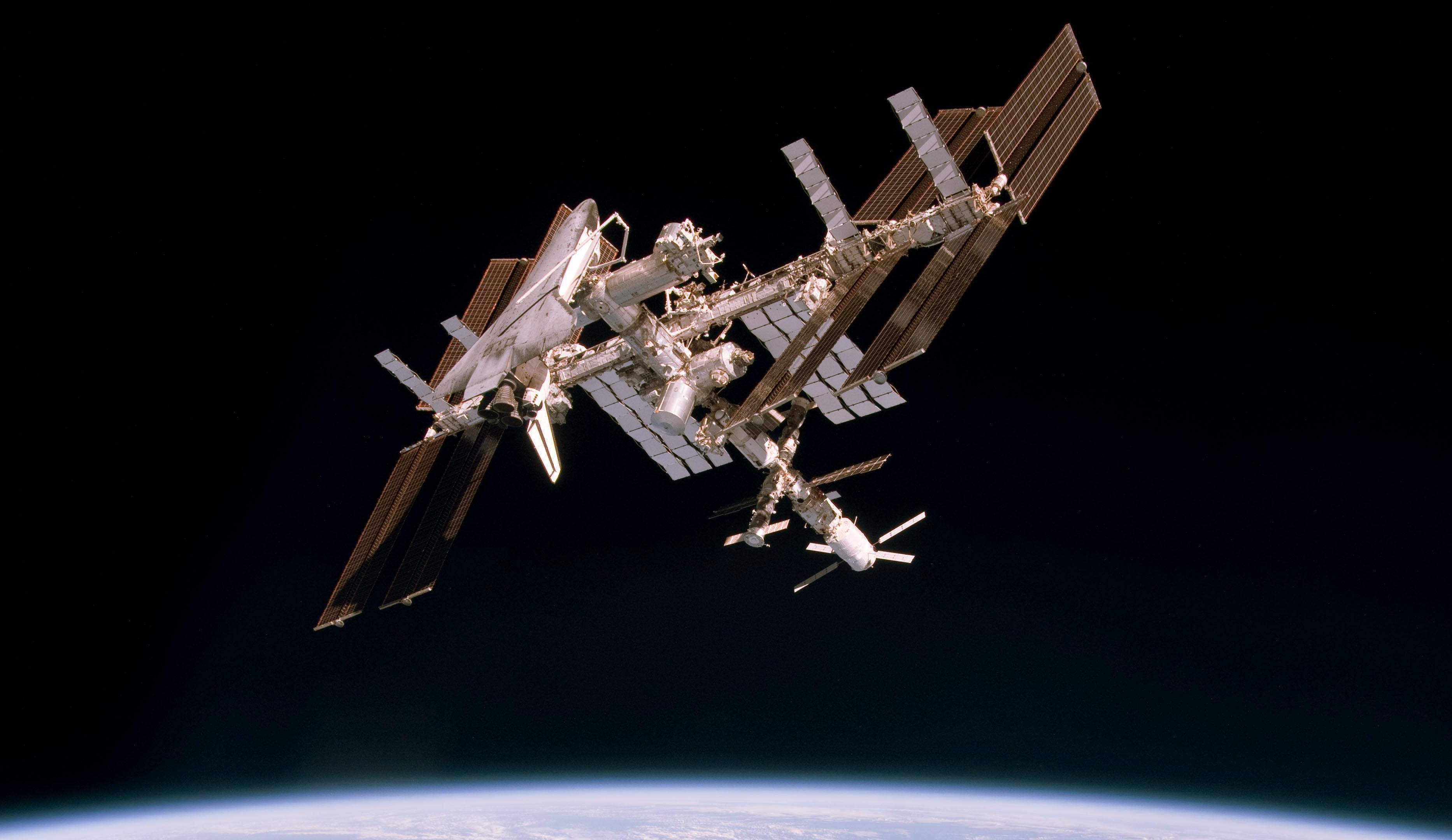
When planning for long-duration crewed missions, one of the most important things is to make sure that the crews have enough of the bare essentials to last. This is no easy
According to a new investigation being conducted aboard the International Space Station, a possible solution could lie with a hybrid life support system (LSS). In such a system, which could be used aboard spacecraft and space stations in the near future, microalgae would be used to clean the air and water, and possibly even manufacture food for the crew.
Continue reading “Astronauts Could Rely on Algae as the Perfect Life Support Partner”Cause of SpaceX Falcon 9 Rocket Failure Unknown; Launch Explosion Photos
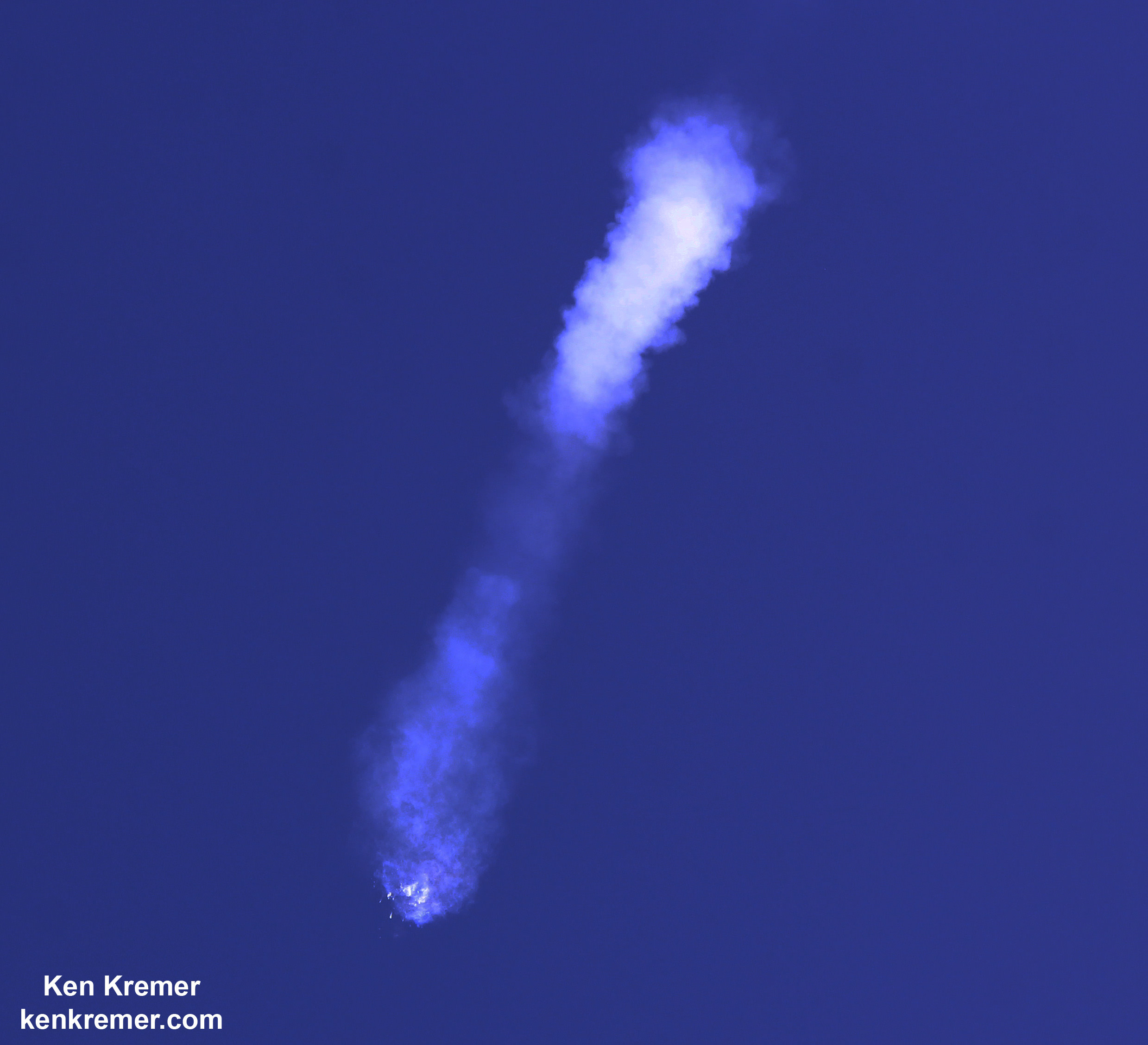
SpaceX Falcon 9 rocket and Dragon resupply spaceship explode about 2 minutes after liftoff from Cape Canaveral Air Force Station in Florida on June 28, 2015. Credit: Ken Kremer/kenkremer.com
Story and photos expanded[/caption]
KENNEDY SPACE CENTER, FL – The root cause of Sundays (June 28) devastating launch failure of the commercial SpaceX Falcon 9 rocket is “still unknown” says SpaceX CEO and founder Elon Musk, following the loss of the NASA contracted resupply mission carrying crucial gear and research experiments to the crew serving aboard the Earth orbiting International Space Station (ISS).
Meanwhile, search and recovery teams from SpaceX and the Coast Guard are scouring the ocean and beaches along the Florida Space Coast for any signs of potentially dangerous Falcon rocket debris that rained down from the sky into the Atlantic Ocean after the sudden explosion unexpectedly destroyed the vehicle barely two minutes after a sun drenched liftoff from Space Launch Complex 40 at Cape Canaveral Air Force Station in Florida at 10:21 a.m. EDT.
All appeared normal as the Falcon 9 booster and Dragon resupply spaceship were streaking skywards through majestically blue Florida skies when catastrophe struck at approximately 148 seconds after blastoff and the rocket exploded violently- utterly destroying the rocket ship and its two ton load of critical supplies heading to the astronauts and cosmonauts living on board the ISS.
The upper stage appeared to break up in flight as the nine first stage Merlin 1D engines were firing as planned and the rocket was arcing over.
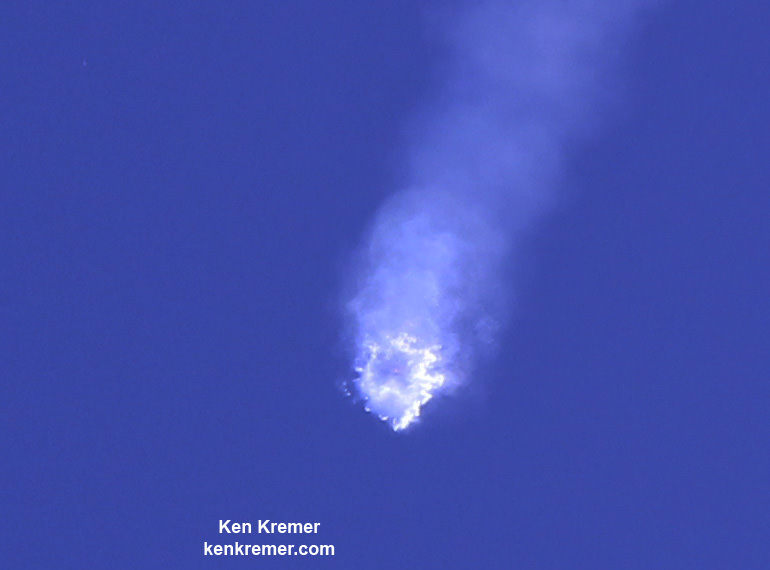
But why that happened and the vehicle disintegrated in mere seconds is still a mystery which will take some time to resolve.
“Cause still unknown after several thousand engineering-hours of review. Now parsing data with a hex editor to recover final milliseconds,” tweeted SpaceX CEO Elon Musk.
Although the cause is unknown, Musk also announced that the failure might be related to a problem with the Falcon 9 upper stage. since the first stage engines were still firing as planned.
“There was an overpressure event in the upper stage liquid oxygen tank. Data suggests counterintuitive cause,” tweeted Musk.
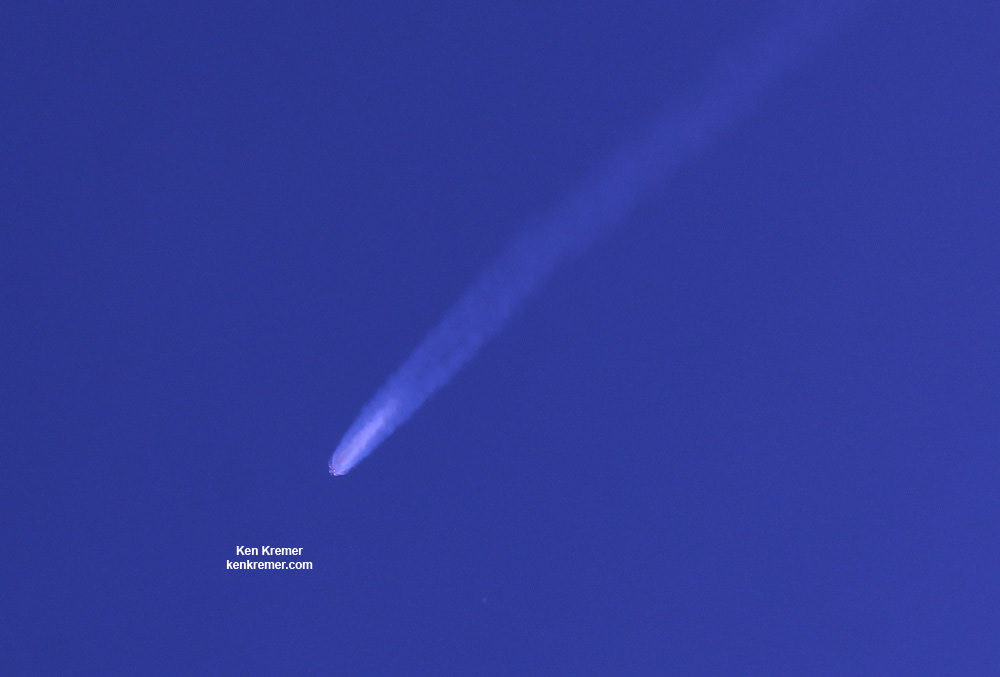
The rocket was traveling about 5000 km/h at an altitude of 45 kilometers at the time of the mishap.
“Falcon 9 experienced a problem shortly before first stage shutdown. Will provide more info as soon as we review the data,” tweeted SpaceX CEO Elon Musk soon after the explosion.
The pressurized section of the Dragon was packed with over 4,000 pounds of research experiments, spare parts, gear, high pressure supply gases, food, water and clothing for the astronaut and cosmonaut crews comprising Expeditions 44 and 45 on the ISS.

Sunday’s launch was the 19th launch of the Falcon 9 rocket and the first failure after 18 straight successes.
SpaceX formed a failure investigation board immediately following the launch failure of the SpaceX Commercial Resupply Services 7 (CRS-7) mission bound for the ISS. The FAA and NASA will assist in the investigation.
The launch was the sixth for SpaceX this year, which had been picking up its launch pace dramatically compared to 2014.
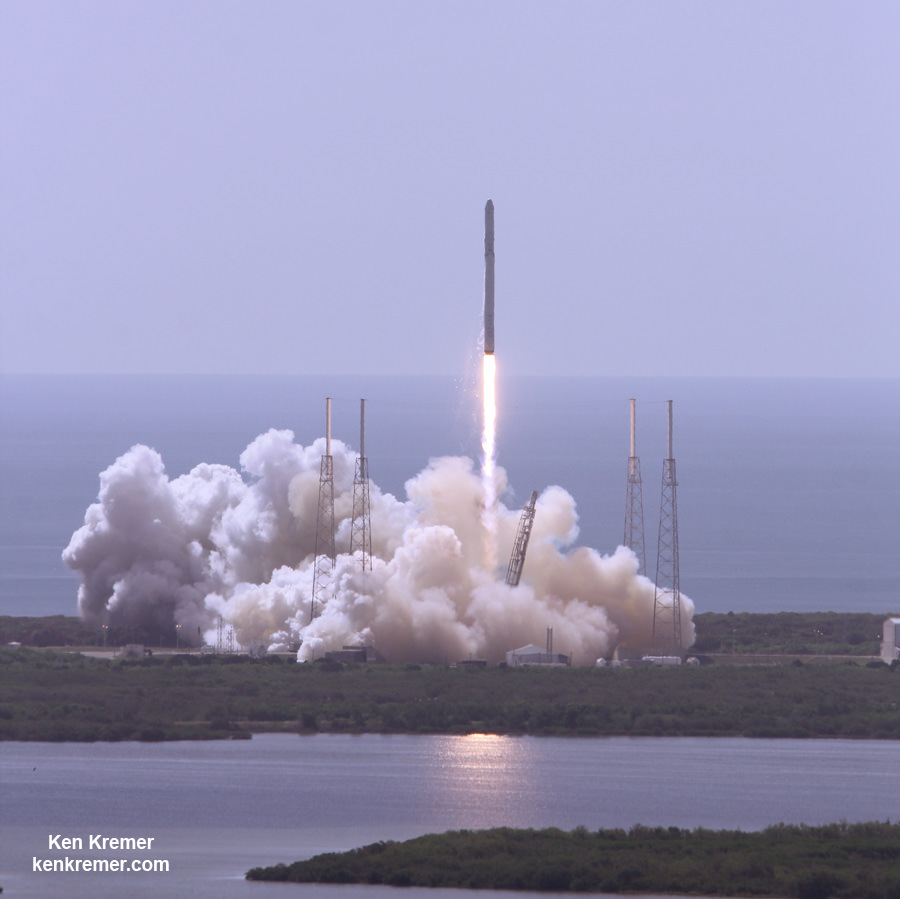
It was the third launch failure of a cargo delivery run to the space station in the past half year -including both American and Russian rockets.
The Orbital Sciences Antares/Cygnus Orb 3 mission exploded in a massive an frightening fireball on October 28, 2014 which I witnessed from the press site from NASA Wallops in Virginia.
The Russian Soyuz/Progress 59 mission failed after the cargo vessel separated from the booster rockets third stage and spun wildly out of control in April 2015 and eventually crashed.
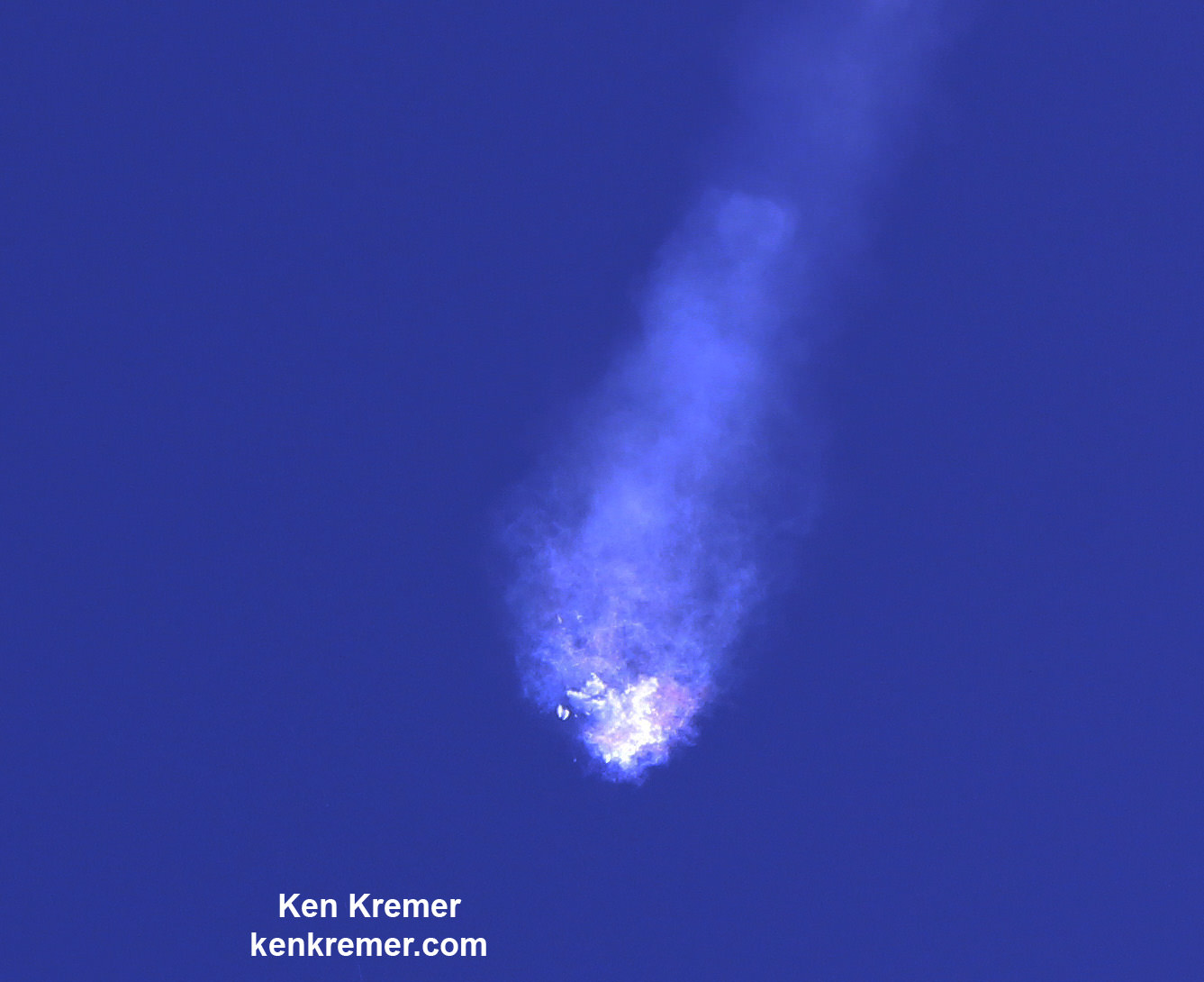
Myself and other members of the media were watching and photographing the SpaceX Falcon 9 launch from atop the iconic Vehicle Assembly Building (VAB) when the launch mishap occurred.
See a galley of my launch failure explosion photos herein.
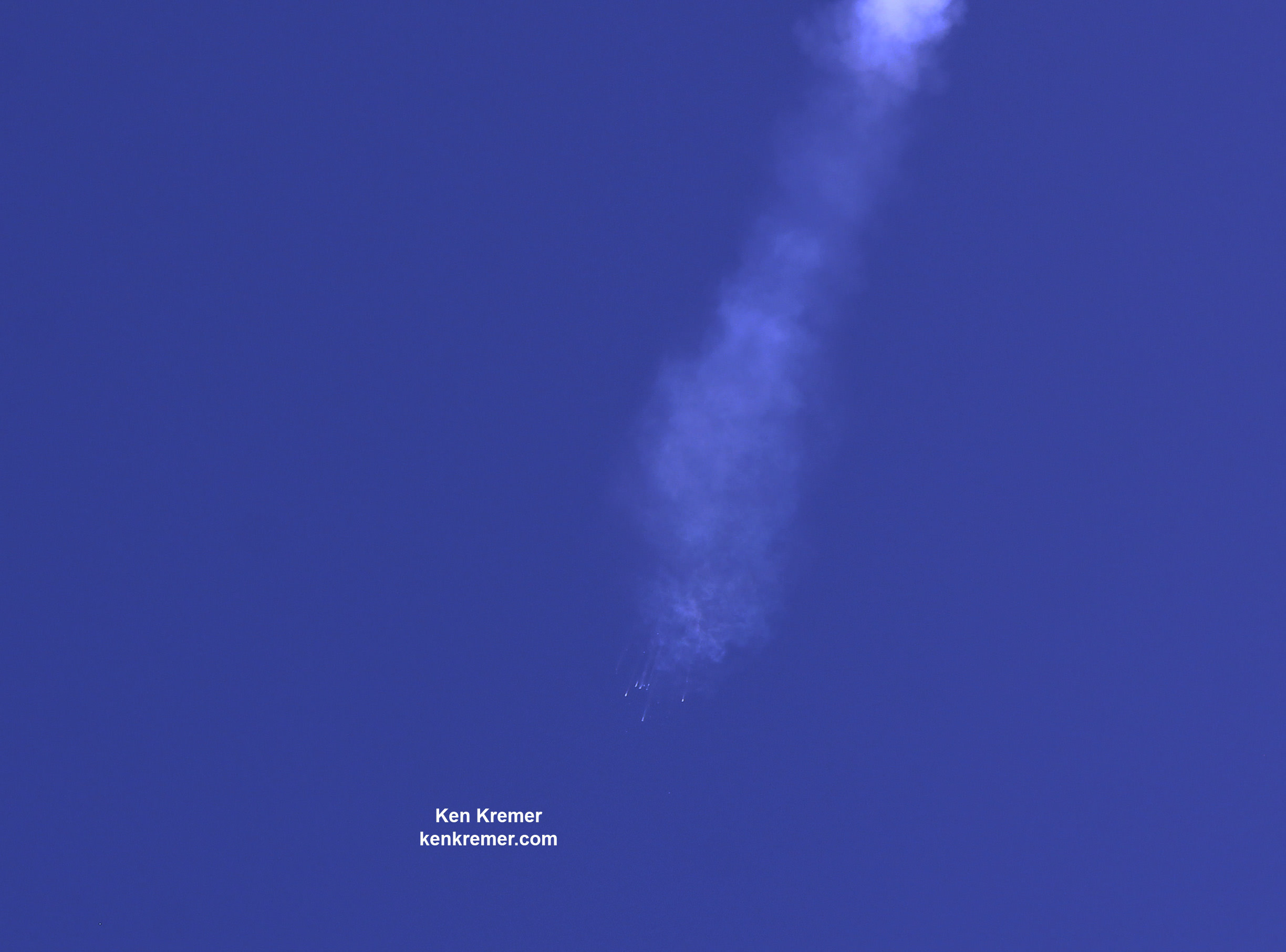
Watch for Ken’s continuing onsite coverage of the CRS-7 launch from the Kennedy Space Center and Cape Canaveral Air Force Station.

Stay tuned here for Ken’s continuing Earth and planetary science and human spaceflight news.
Keep Your Cool! New Experiment Will Help Understand Heat Transfer in Space
[/caption]
It may seem illogical, but boiling is a very efficient way to cool engineering components and systems used in the extreme environments of space.
An experiment to gain a basic understanding of this phenomena launched to the International Space Station on space shuttle Discovery Feb. 24. The Nucleate Pool Boiling Experiment, or NPBX, is one of two experiments in the new Boiling eXperiment Facility, or BXF.
Nucleate boiling is bubble growth from a heated surface and the subsequent detachment of the bubble to a cooler surrounding liquid. As a result, these bubbles can efficiently transfer energy from the boiling surface into the surrounding fluid. This investigation provides an understanding of heat transfer and vapor removal processes that happen during nucleate boiling in microgravity. Researchers will glean information to better design and operate space systems that use boiling for efficient heat removal.
Bubbles in microgravity grow to different sizes than on Earth. This experiment will focus on the dynamics of single and multiple bubbles and the associated heat transfer.
NPBX uses a polished aluminum wafer, powered by heaters bonded to its backside, and five fabricated cavities that can be controlled individually. The experiment will study single and/or multiple bubbles generated at these cavities. It will measure the power supplied to each heater group, and cameras will record the bubble dynamics. Analysis of the heater power data and recorded images will allow investigators to determine how bubble dynamics and heat transfer differ in microgravity.
“With boiling, the size and weight of heat exchange equipment used in space systems can be significantly reduced,” said Vijay Dhir, the experiment’s principal investigator at the University of California, Los Angeles. “Boiling and multiphase heat transfer is an enabling technology for space exploration missions including storage and handling of cryogenic, or extremely low temperature liquids, life support systems, power generation and thermal management.”
“The cost of transporting equipment to space depends on the size and weight of the equipment,” added David Chao, the project scientist from NASA’s Glenn Research Center in Cleveland. “The knowledge base that will be developed through the experiment will give us the capability to achieve cooling of various components and systems used in space in an efficient manner and could lead to smaller and lighter spacecraft.”
Glowing Plants Helps Biological Studies on ISS
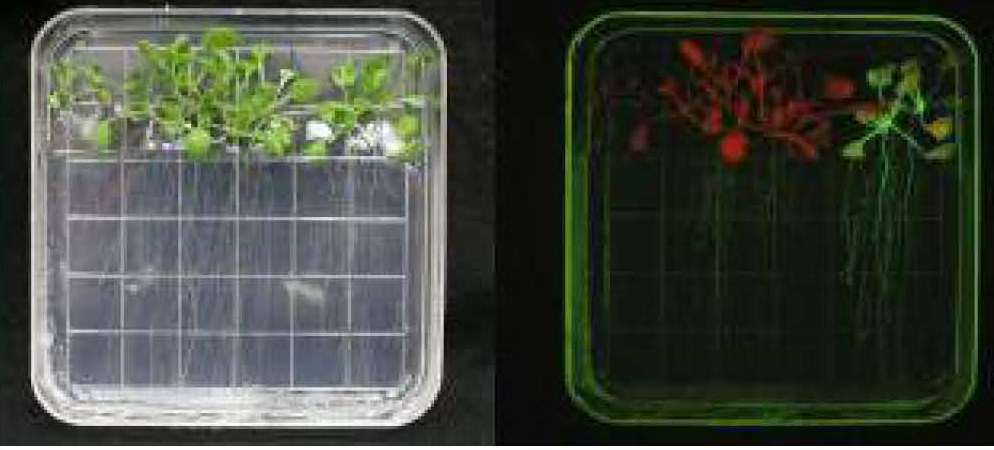
[/caption]
Glowing plants from space? Sounds like science fiction or the next B-horror movie. But glowing plants, willow trees, potential biofuels and more are being studied on the International Space Station and are part of key research in biotechnology, physiology, life sciences, and physical sciences going on in space. “This is not your grandfather’s backyard garden,” said Dr. Robert Ferl from the University of Florida, Gainesville.” We are now understanding fundamental biological principals that essentially can only be studied when you leave the surface of the Earth.”
Scientists are abuzz this week with the newly proposed 2011 NASA budget which extends the life of the International Space Station to 2020, and perhaps beyond. “The possibility of an expanded budget for full utilization of the space station means that scientists can do the research and also the technology development that will fulfill the complete potential of ISS,” said Julie Robinson, program scientists for ISS, “and that we will be able to bring back to Earth all the benefits that our new knowledge and technology can provide.”
At a press briefing today at Kennedy Space Center, a group of scientists shared current and future science investigations for the ISS, and the highlight was seeing some plants that actually glow in different colors to give scientists cues to what is taking place within the plant.
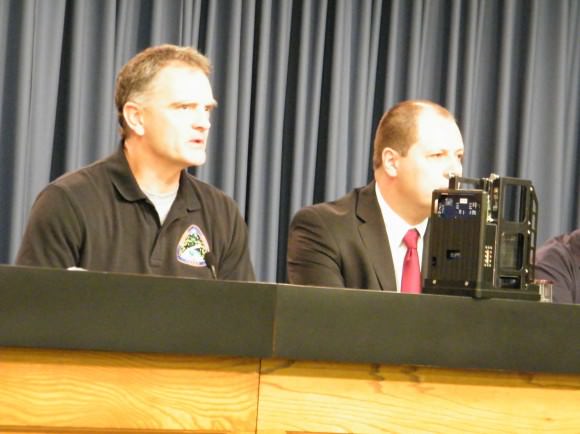
The Advanced Plant EXperiments on Orbit – Transgenic Arabidopsis Gene Expression System (APEX-TAGES) investigation uses Arabidopsis thaliana, or thale cress that has genetically modified so it can glow.
“Plants don’t talk a lot,” said Ferl, “so molecular biologists have been able to equip plants with the tools to have them communicate with us. Plants can glow with certain colors when certain genes are activated, when things happen like changes in their environments.”
APEX-TAGES uses a new real-time imaging system in conjunction with the “glowing” that removes the need for harvesting thereby allowing the plant to continue to grow and making it possible to follow the development of stress in a plant over time. The experiment also doesn’t require a lot of time and interaction from the ISS crew, as digital images can be transmitted from the site of the experiment to the site of the researchers.
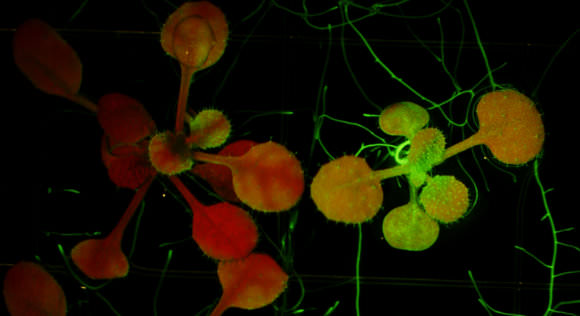
Plants get cues from things on Earth, such as light, gravity, humidity. The question is, Ferl said –which applies to all biology — is what happens to terrestrial biology when it is no longer on Earth? Key to the research is understanding the adaptations that have to take place in order for plants in space to continue to grow successfully and produce fruit.
“What are the limts to terrestrial biology? How far can it travel and explore?” said Ferl “50% of plant DNA is like ours, and 80% of plant genes are like ours. So plants can support us with food, air, and water revitalization, but they are interesting because by studying them we learn more about what happens to complex biology as it leaves the surface of the earth.”
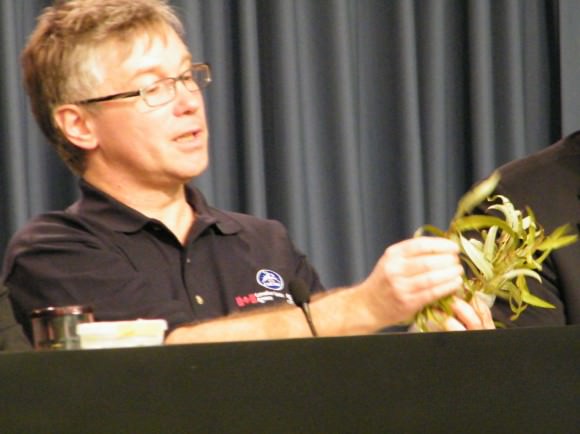
Also highlighted at the briefing were studies of plant cell metabolism of a potential biofuel plant, Jatropha, and research done on the first trees ever grown on the space station, Canadian Cambium willow trees, that was sponsored by the Canadian Space Agency and performed on orbit by Canadian astronaut Robert Thirsk, who just returned from the ISS in November.
Robinson also discussed an experiment on the ISS that found a better method of producing microencapsulated drugs for cancer and diabetes. A patent was issued at the end of 2009 and clinical trials are now being scheduled.
With $50 million of the proposed budget going directly to ISS, as well as additional funds coming from the NASA’s Science Directorate and technology development, Robinson said that scientists and technology developers will be fully utilizing the ISS as a National Lab in the coming years.
For more info:
The International Space Station Science webpage.
The APEX-TAGES experiment.
Webpage of Dr. Werner Vendrame and his research with the Jatropha plant
Webpage from the Canadian Space Agency on the willow trees grown on the ISS.

